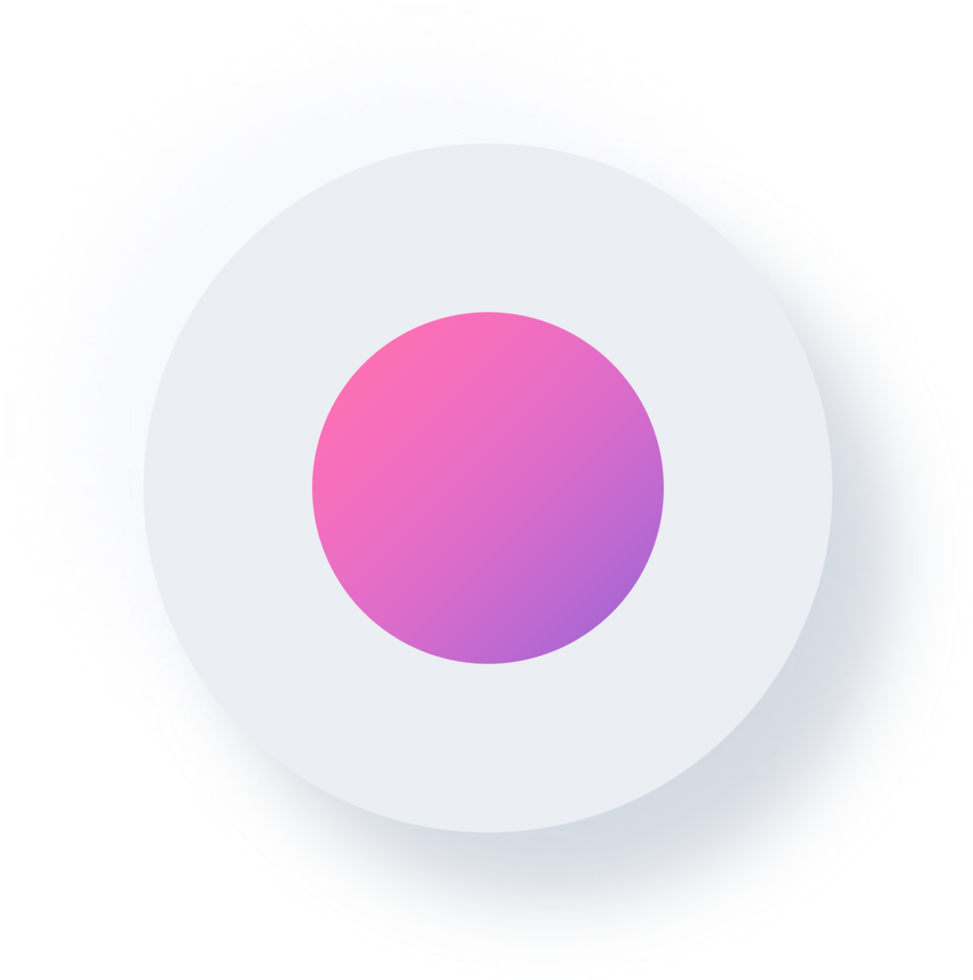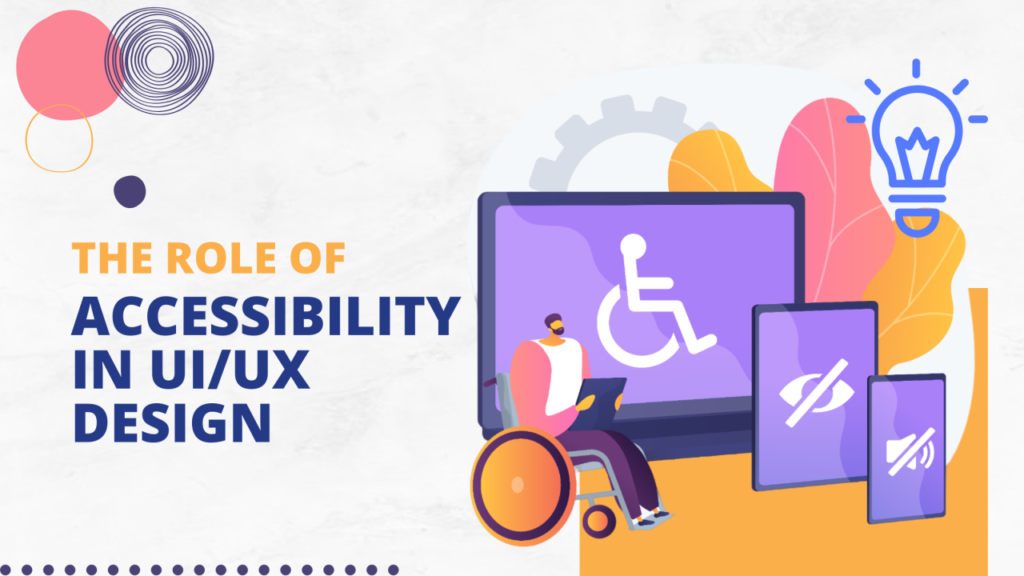You might wonder what the buzz about User Interface design is. Well, it’s not just about pretty buttons and eye-catching colors. Not at all! UI design is the magic that makes the digital landscape functional and magical.
Today, in this blog post, we will unravel the complexity of User Interface (UI) Design and dive deep into the art and science that shapes our digital experiences.
So, What’s the Core Purpose of UI Design Anyway?
Think of UI design as the architect of the digital world. Its core purpose? To create an environment where users can effortlessly interact with technology. It’s not just about making things look good (although that’s a nice bonus); it’s about making them work seamlessly.
The UI: Your Bridge to Tech Wonderland
Now, let’s talk about how UI serves as the bridge between users and the tech world. It’s like the magical translator that turns complex code into a language we can understand. UI is the friendly face of technology, ensuring we don’t feel like strangers in a tech wonderland.
Have you ever wondered why some apps or websites feel right at first glance? That’s the magic of UI at play. It’s not just about aesthetics; it’s about creating an experience that feels like a warm hug from your favorite tech-savvy friend.
Influence on Overall Experience: The UI Magic Touch
Let’s dive into the natural enchantment – how User Interface design influences our overall digital experience. It’s not just about clicking buttons; it’s about how those buttons respond, the flow of information, and the ease with which we navigate the digital universe.
Evolving Trends in UI Design

As we move forward in our journey into the enchanting world of User Interface (UI) Design, let’s set our compass to innovation and explore the evolving trends. Brace yourselves as we unravel the complexity and dive into the pulsating heart of modern design aesthetics.

- The Rise of Neomorphism: A Futuristic Design Affair
First on our expedition is the fascinating concept of neomorphism. Picture this: a design trend that blends realism with a touch of the future. Neomorphism introduces a skeuomorphic twist to flat design, creating UI elements that appear almost like soft, extruded objects. It’s like your buttons and cards have come to life with a subtle play of light and shadow. This futuristic design affair adds depth and a delightful tactile quality, making users feel like they can almost touch the digital elements on their screens.

- Dark Mode: Embracing the Shadows
Dark mode has taken the UI design realm by storm, and it’s not just for the night owls. This trend is all about flipping the script and embracing darker color schemes. Beyond the sleek and stylish aesthetics, dark mode brings practical benefits like reducing eye strain and extending battery life. It’s a visual feast that looks cool and caters to the ever-growing demand for customization in user experiences.
- Dynamic Interfaces: Breathing Life into Design
Let’s discuss injecting life into our digital experiences with a dynamic web interface design. No more static designs; the dynamic web interface design responds and adapts to user interactions, providing a more engaging and interactive experience. Elements gracefully transition, respond to hovers, and sink to the rhythm of the user’s journey. It’s not just a design; it’s a performance, turning the user’s interaction into a dynamic and memorable spectacle.
The Impact on Modern User Interface Design Aesthetics: A Symphony of Trends
But how do these trends impact the overall design aesthetics of the digital world? It’s like orchestrating a symphony where neomorphism, dark mode, and dynamic interfaces play different instruments, each contributing to the harmonious whole. Neomorphism adds a touch of sophistication, dark mode sets the mood, and dynamic interfaces bring the experience to life. Together, they create a visual symphony that resonates with the preferences and desires of the modern user.
Unlocking Digital Doors: The Significance of Accessibility in User Interface Design

With fast digitizing, it is crucial to maintain creativity and accessibility. Let’s see its significance in web interface design:
Why Accessibility Matters
Imagine a beautifully crafted door with fancy handles and intricate designs. It’s securely locked and only a few people have the key to open it. Even though it’s a metaphor, this situation is a lot like what disabled people go through when they use digital tools that don’t have accessibility features.
The importance of creating accessible interfaces cannot be overstated. Accessibility isn’t just a checkbox on a design to-do list; it’s about opening doors to digital experiences for everyone. When we design user interface wireframes with accessibility, we’re not just creating a visually pleasing interface; we’re crafting a welcoming space where everyone is invited.
Opening Doors, Not Creating Barriers
Think of accessibility as a philosophy rather than a checklist. It’s about adopting a mindset of constantly asking, “How can we make this digital experience better for everyone?” When we prioritize accessibility, we aren’t just avoiding legal pitfalls or adhering to guidelines; we’re actively contributing to a more inclusive digital landscape.
So, the next time you sketch user interface wireframes or choose color palettes, remember the digital doors you’re crafting. Are they open to everyone or inadvertently shutting out some users? Embrace accessibility as a design principle for making the digital world a space where everyone is welcomed and celebrated.
Conclusion: Crafting Tomorrow’s Digital Experiences with eTraverse
As we conclude our deep dive into the intricate world of User Interface (UI) design, we at eTraverse are more inspired than ever to redefine the digital landscape. Unraveling the complexity of UI design isn’t just a professional endeavor for us—it’s a passion that drives our commitment to innovation, inclusivity, and unparalleled user experiences.
The journey doesn’t end with unraveling complexities; it begins with it. We are dedicated to pushing the boundaries of design, constantly exploring new frontiers to create interfaces that captivate and inclusively engage users of all abilities.

